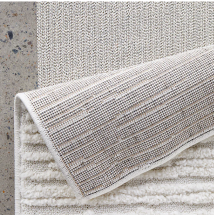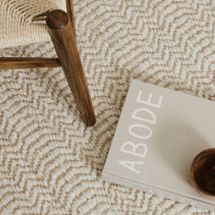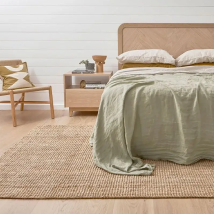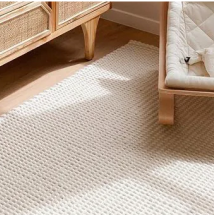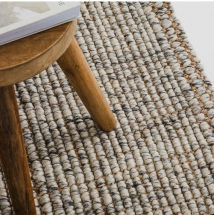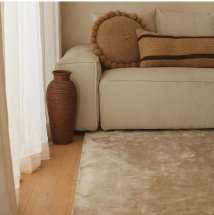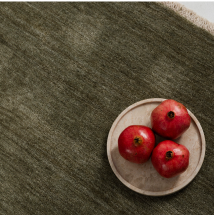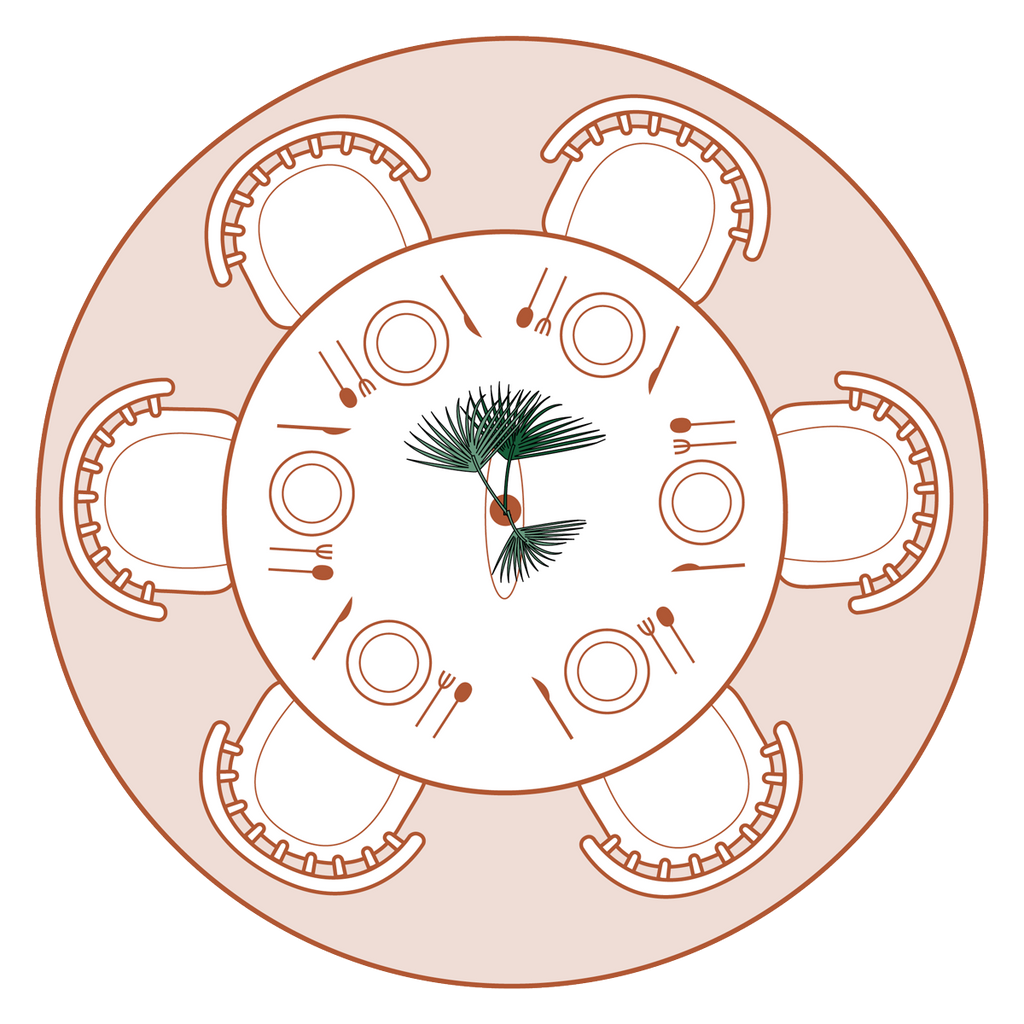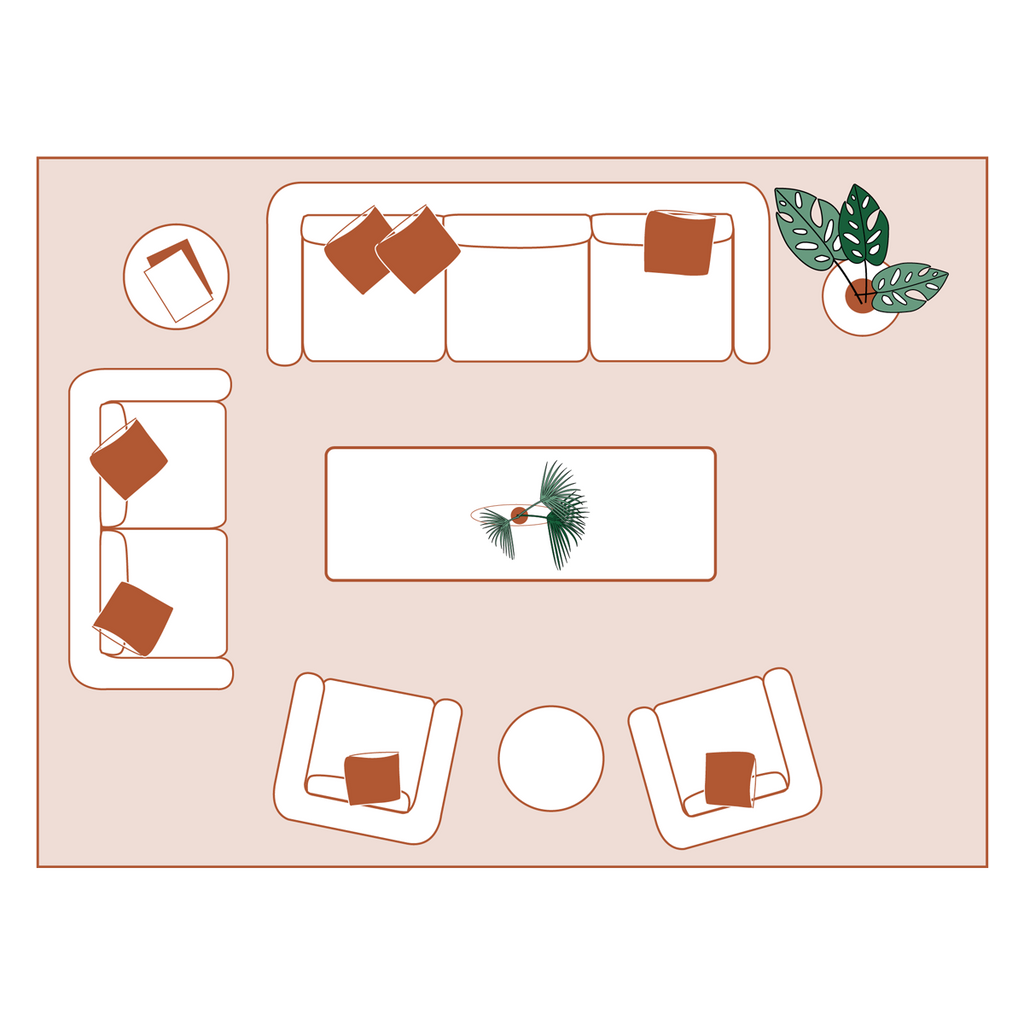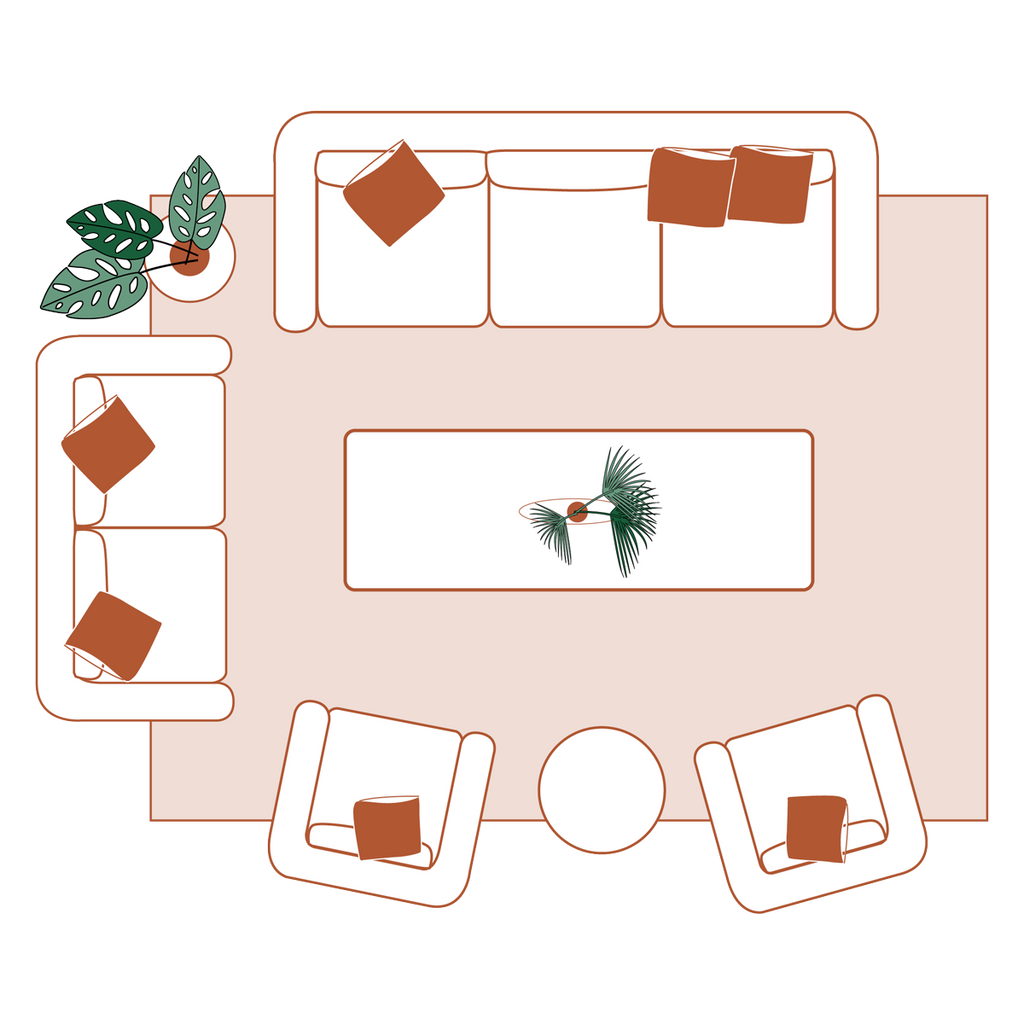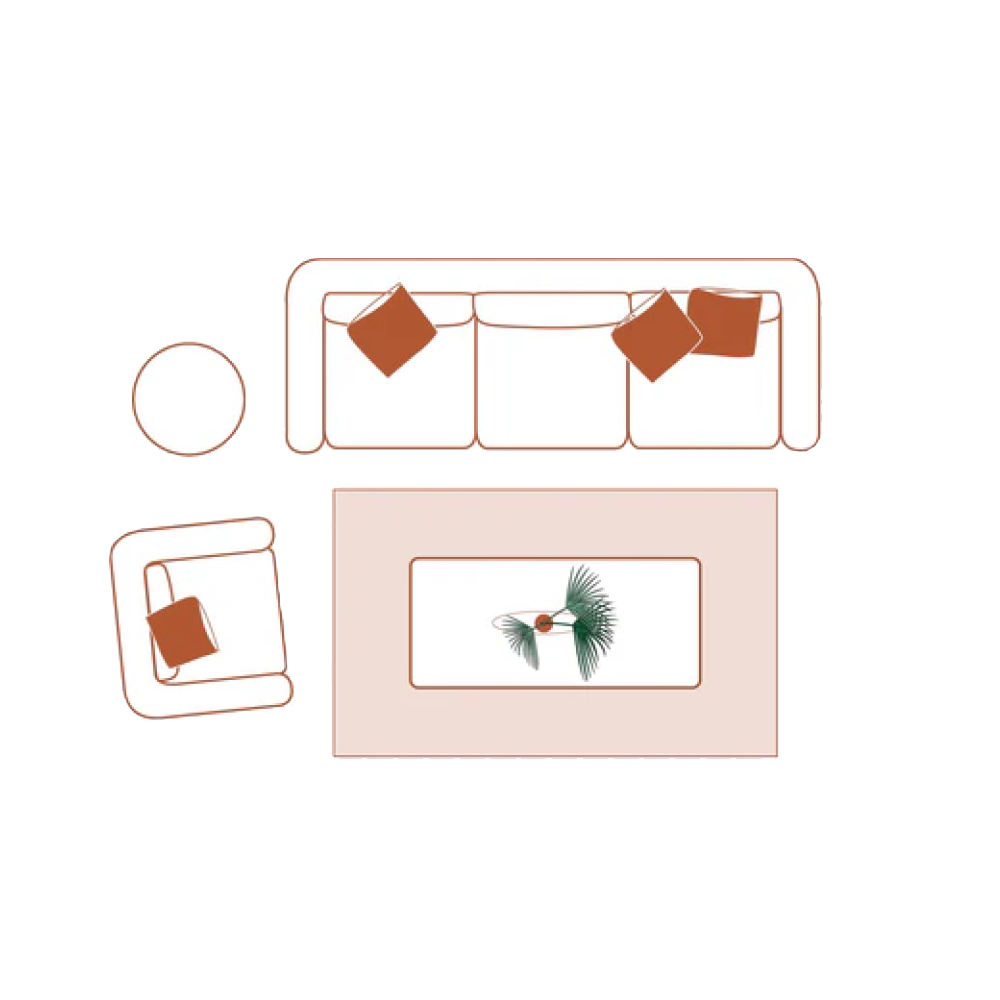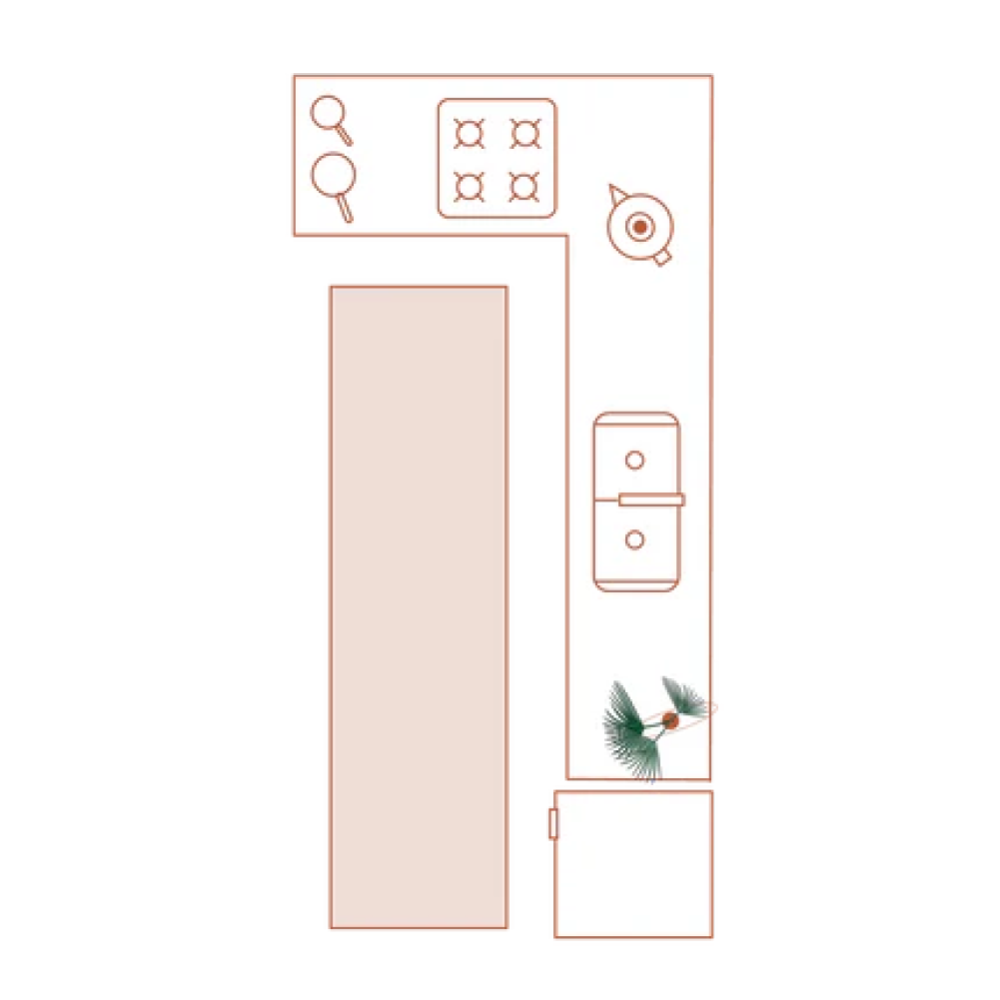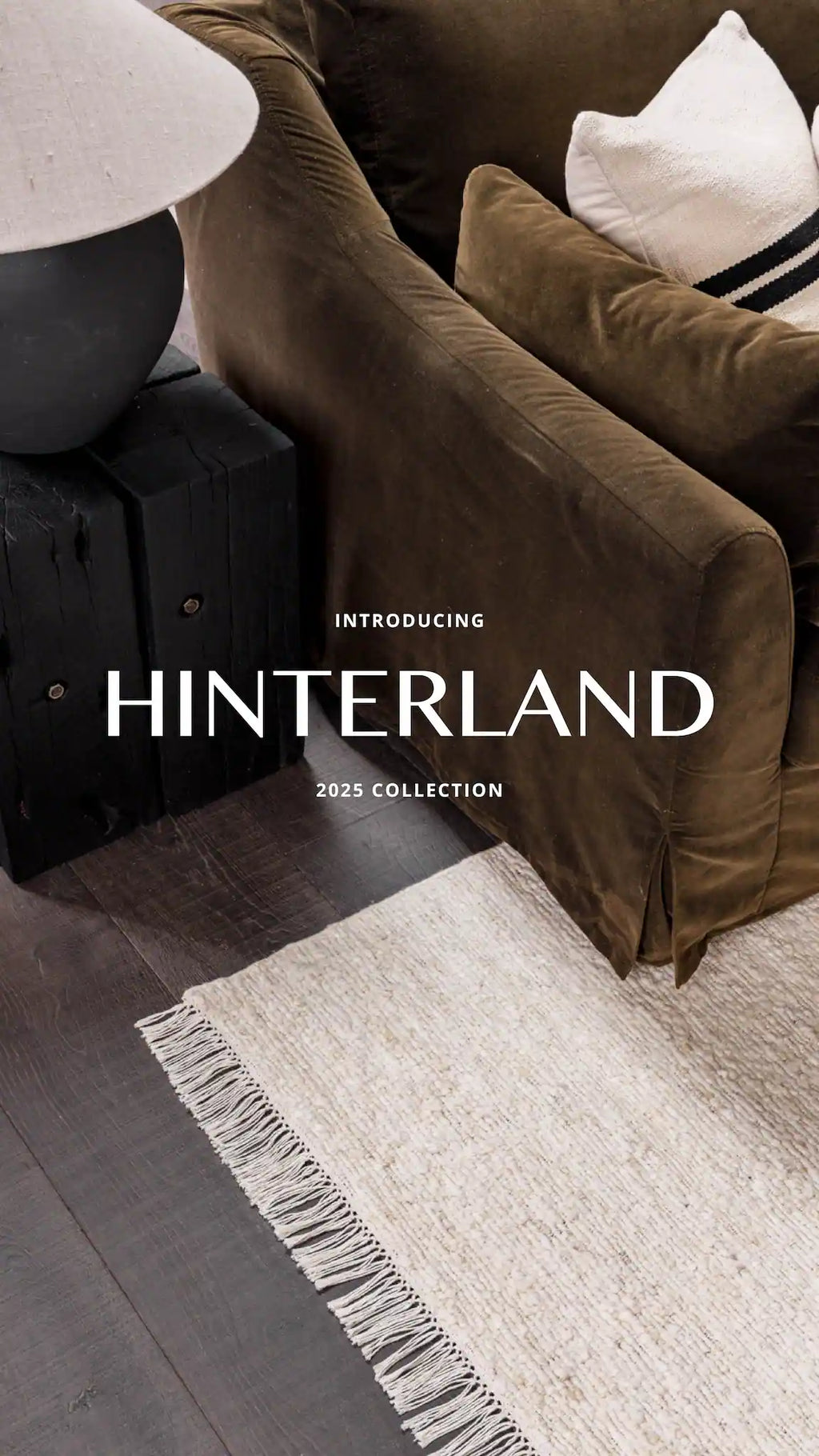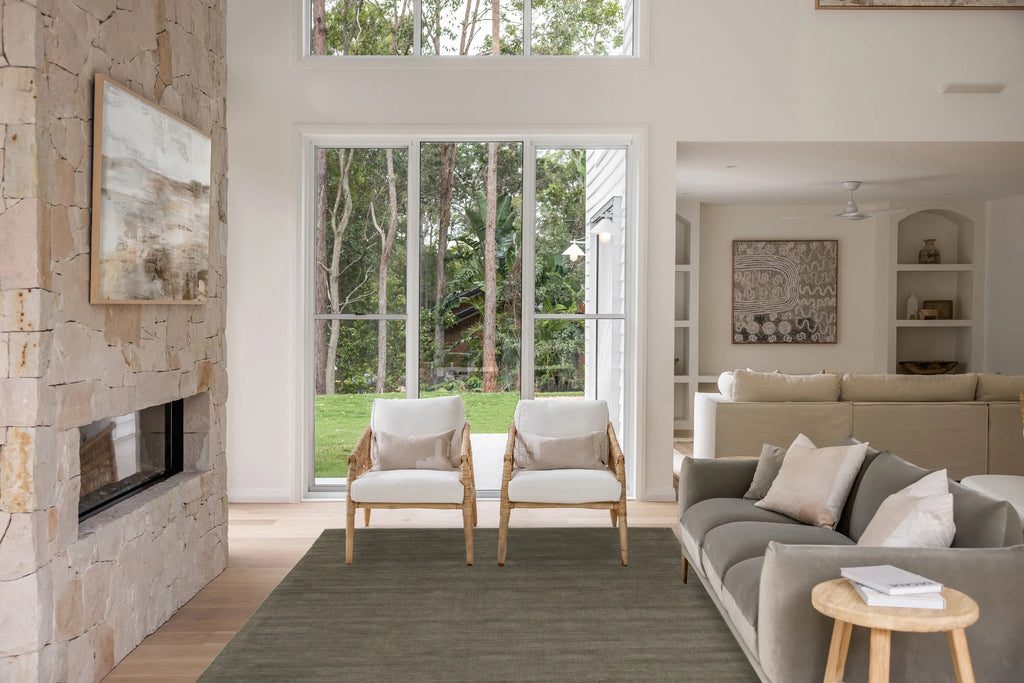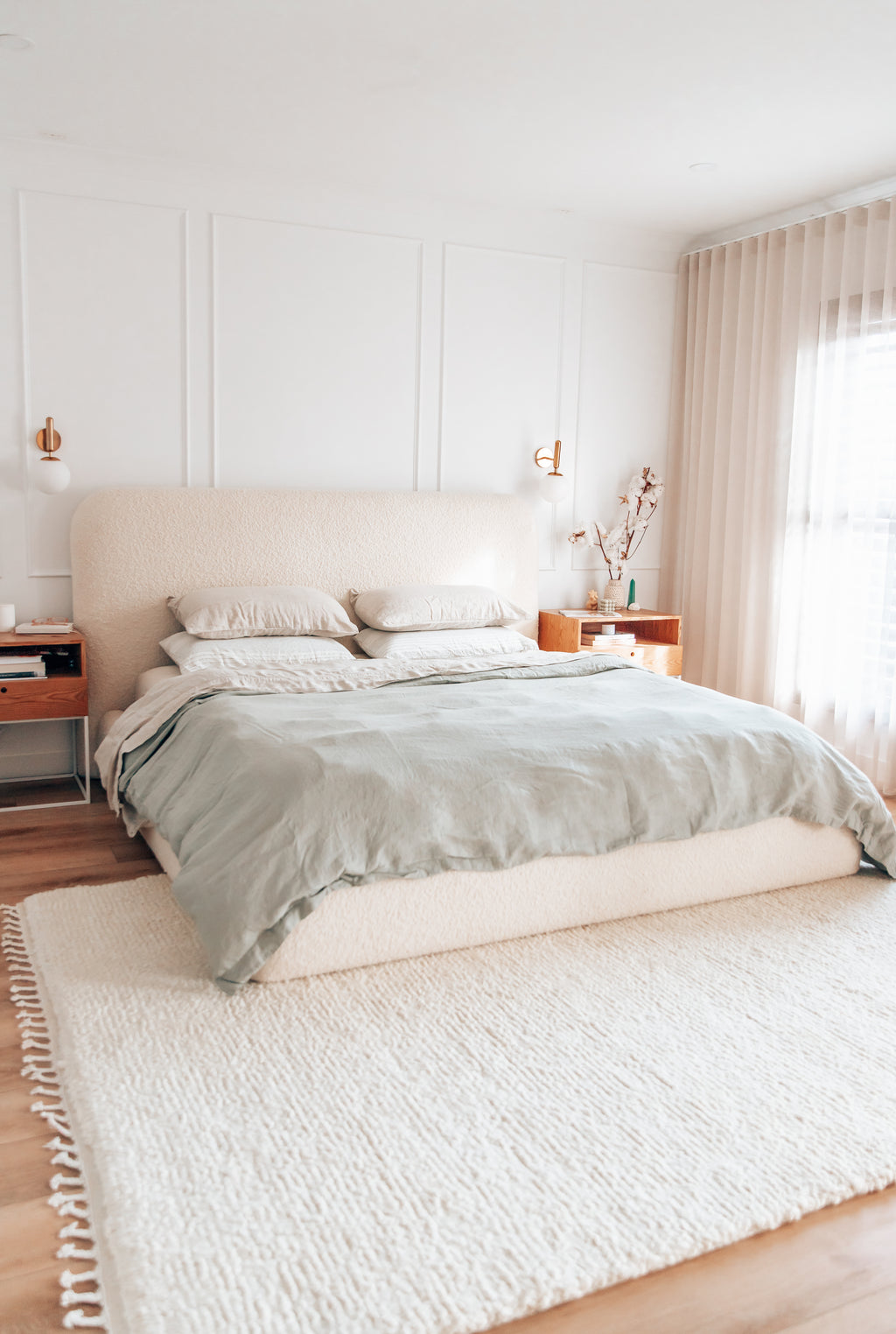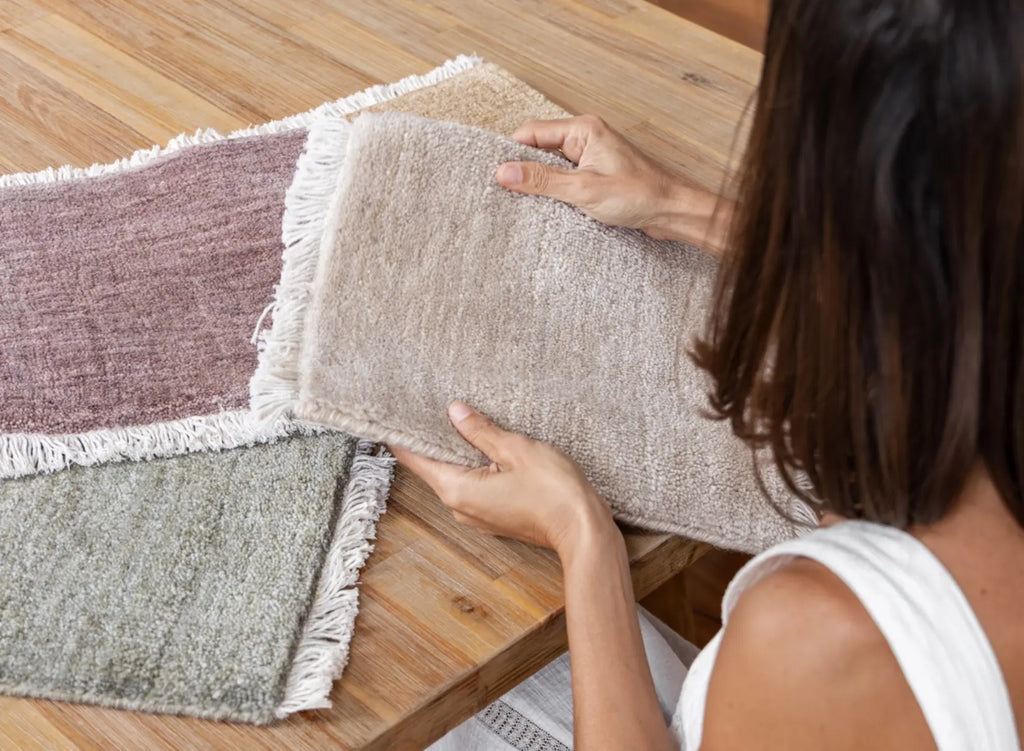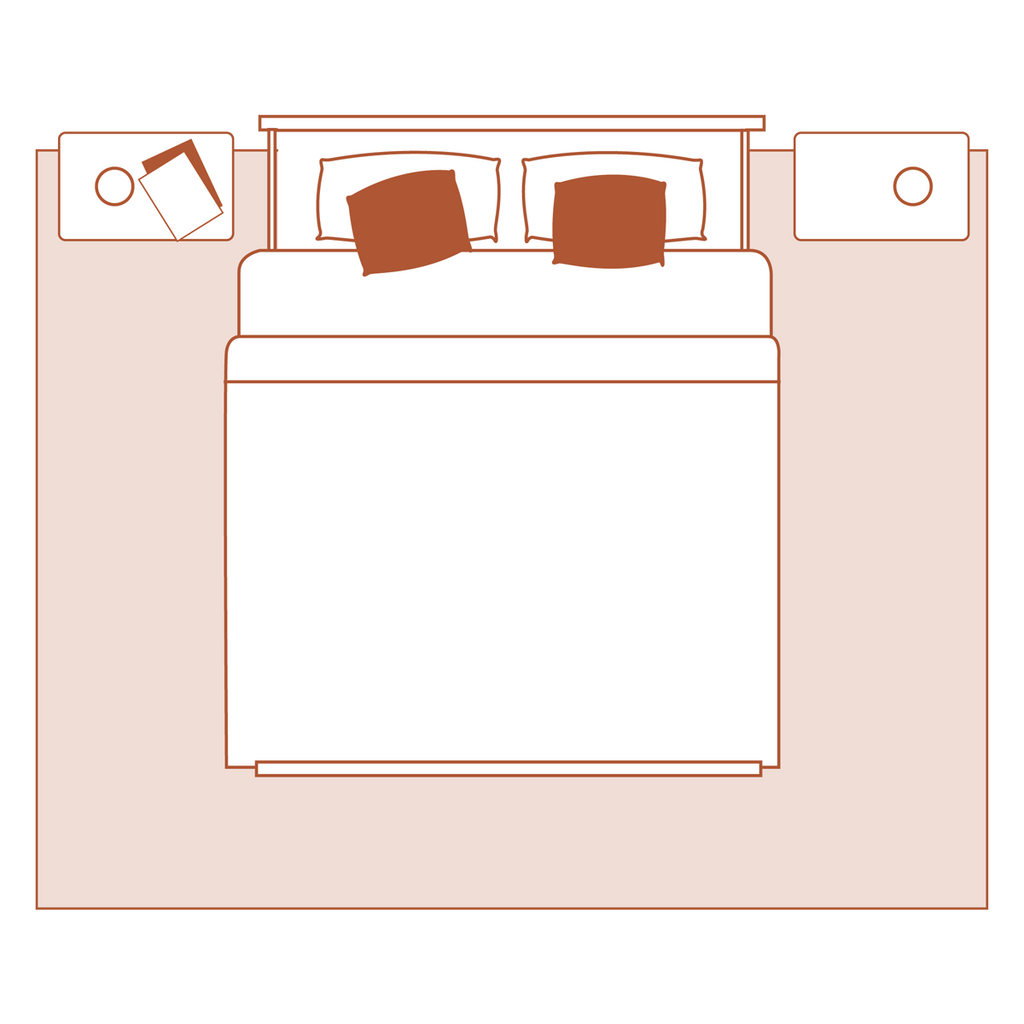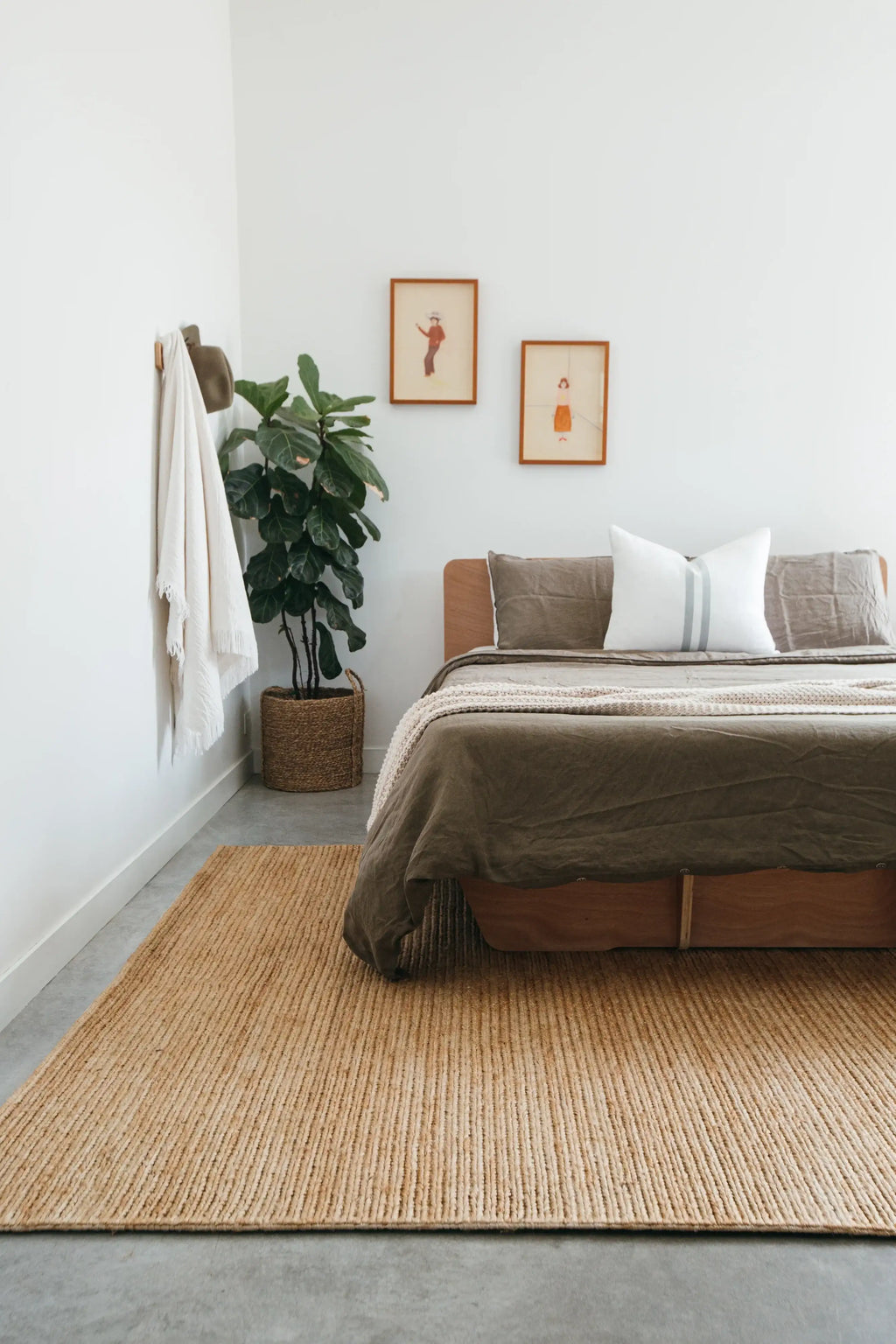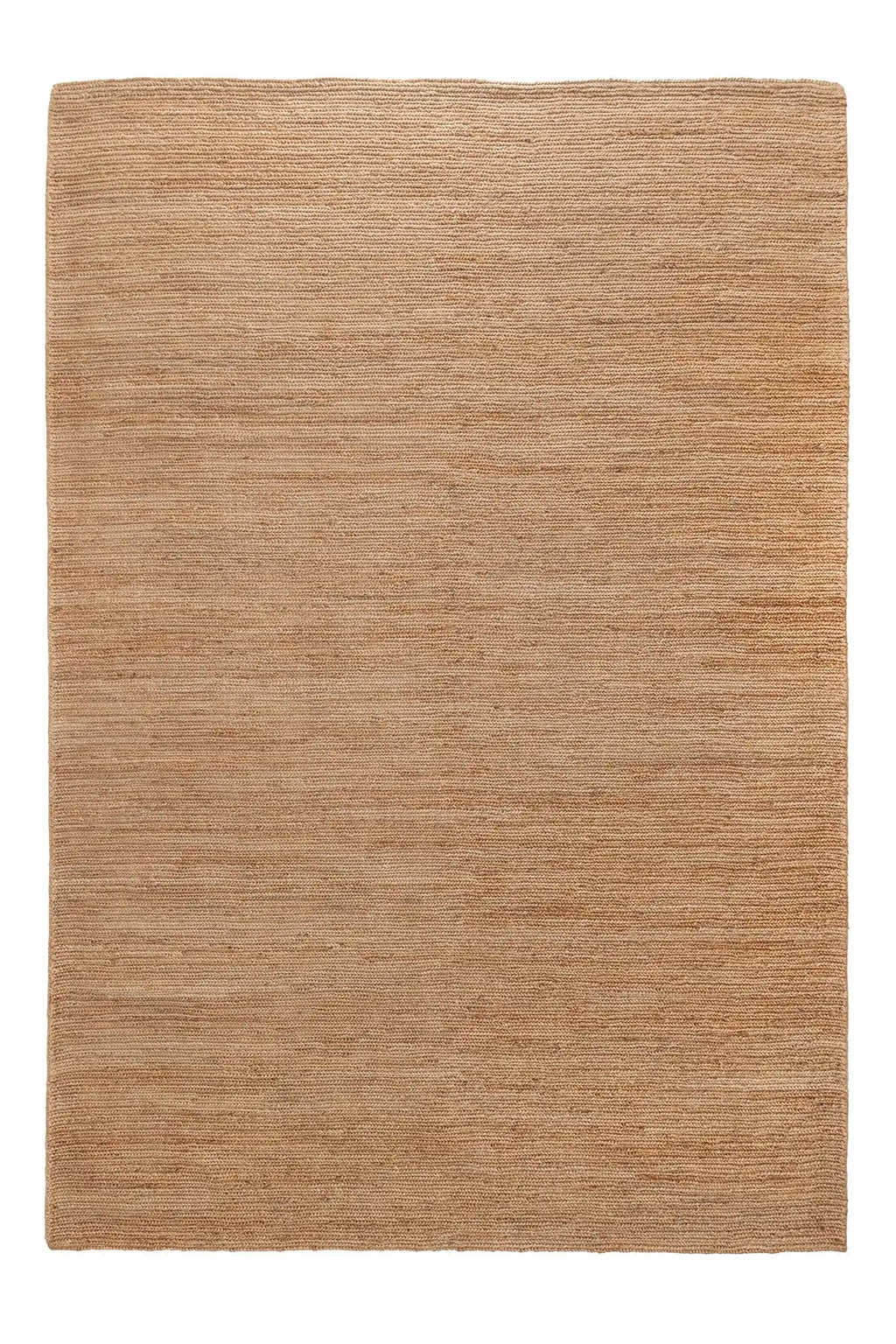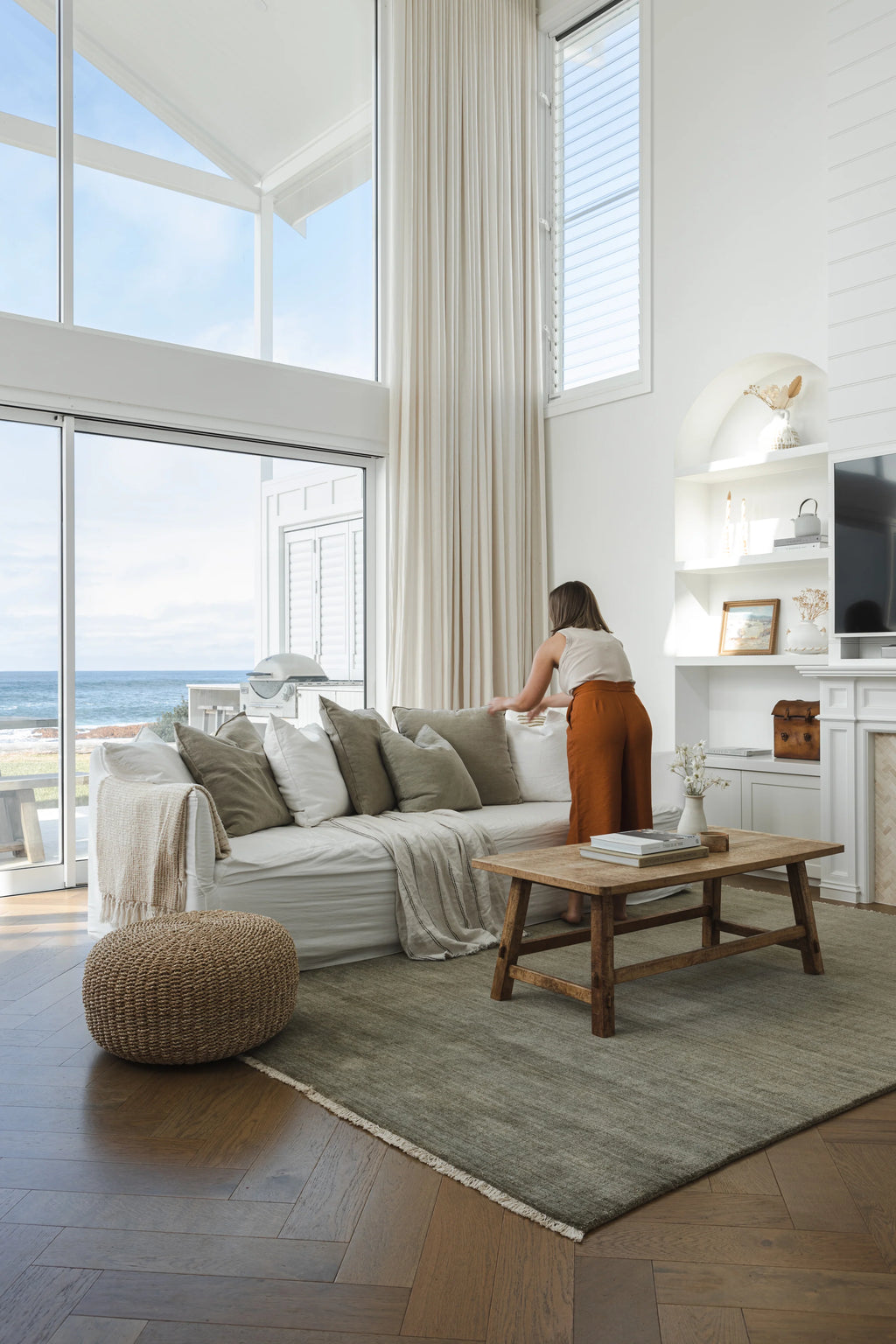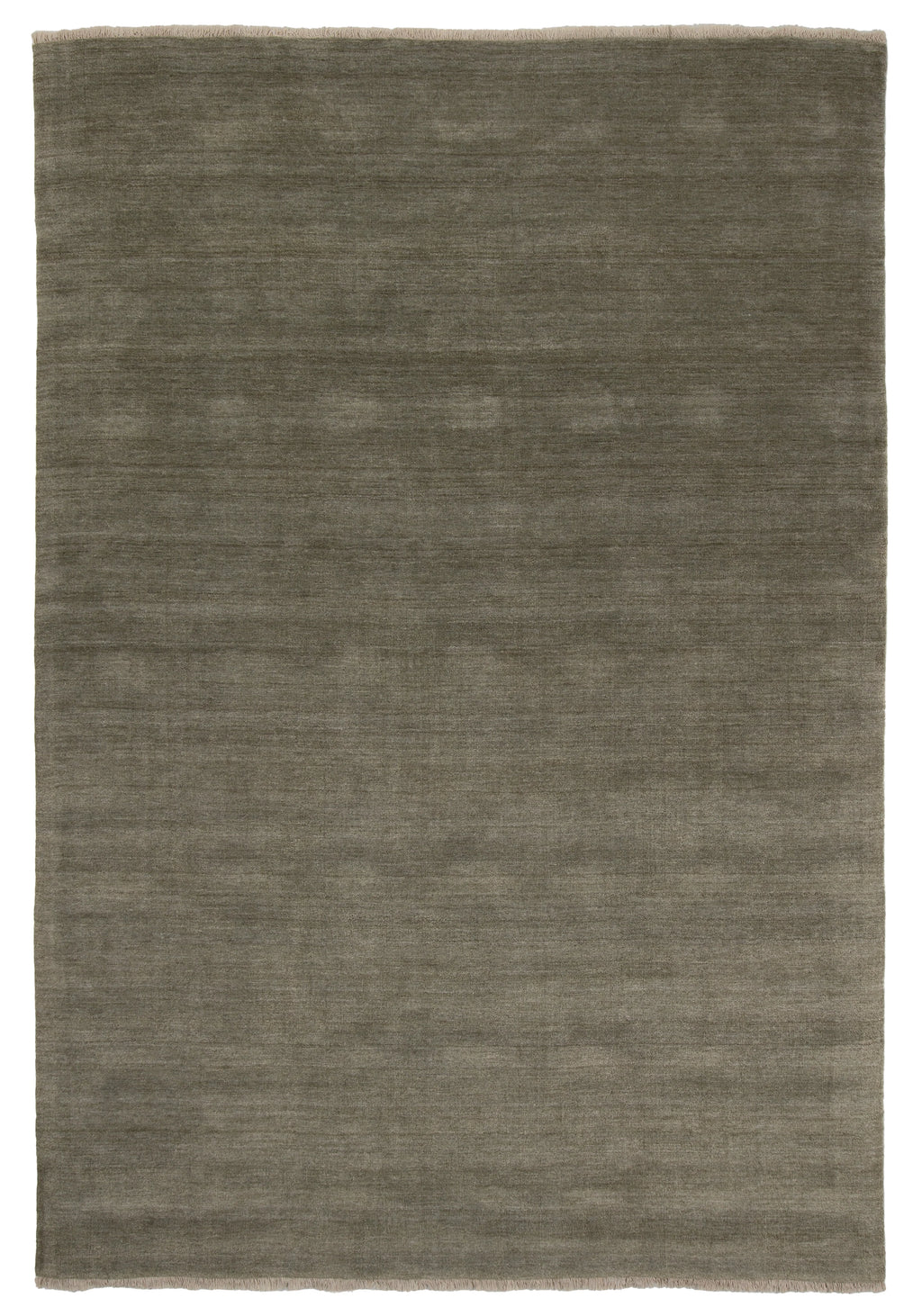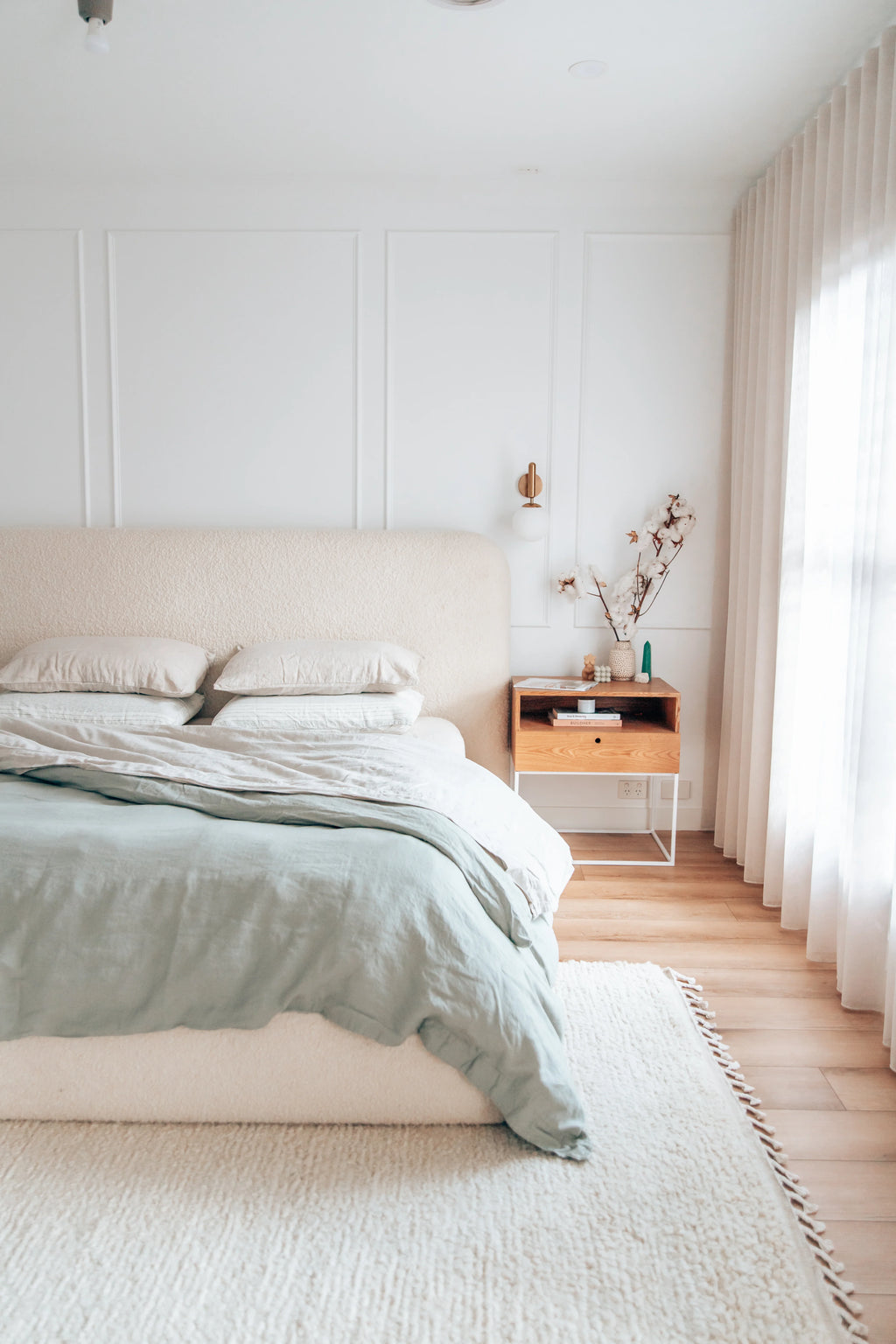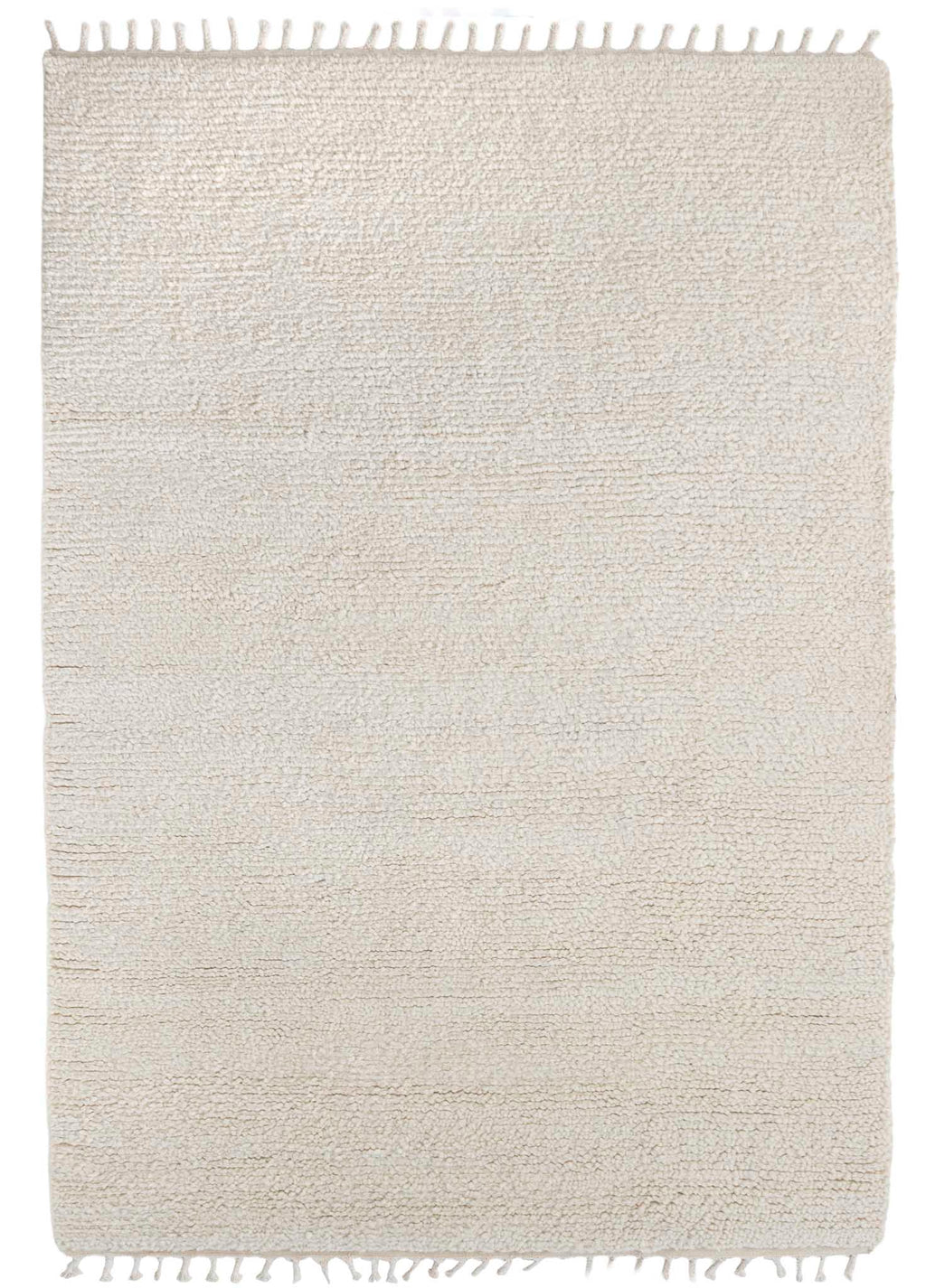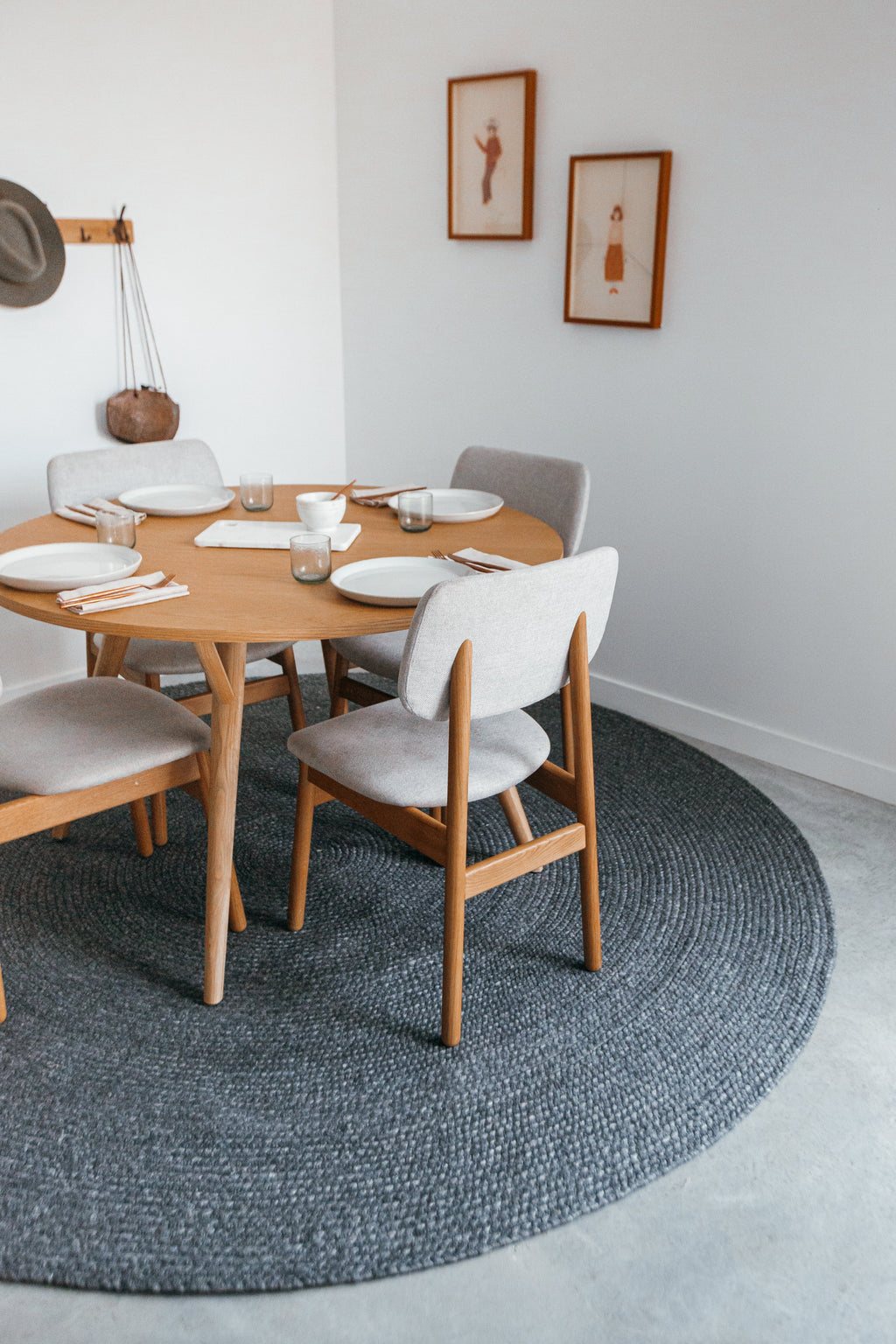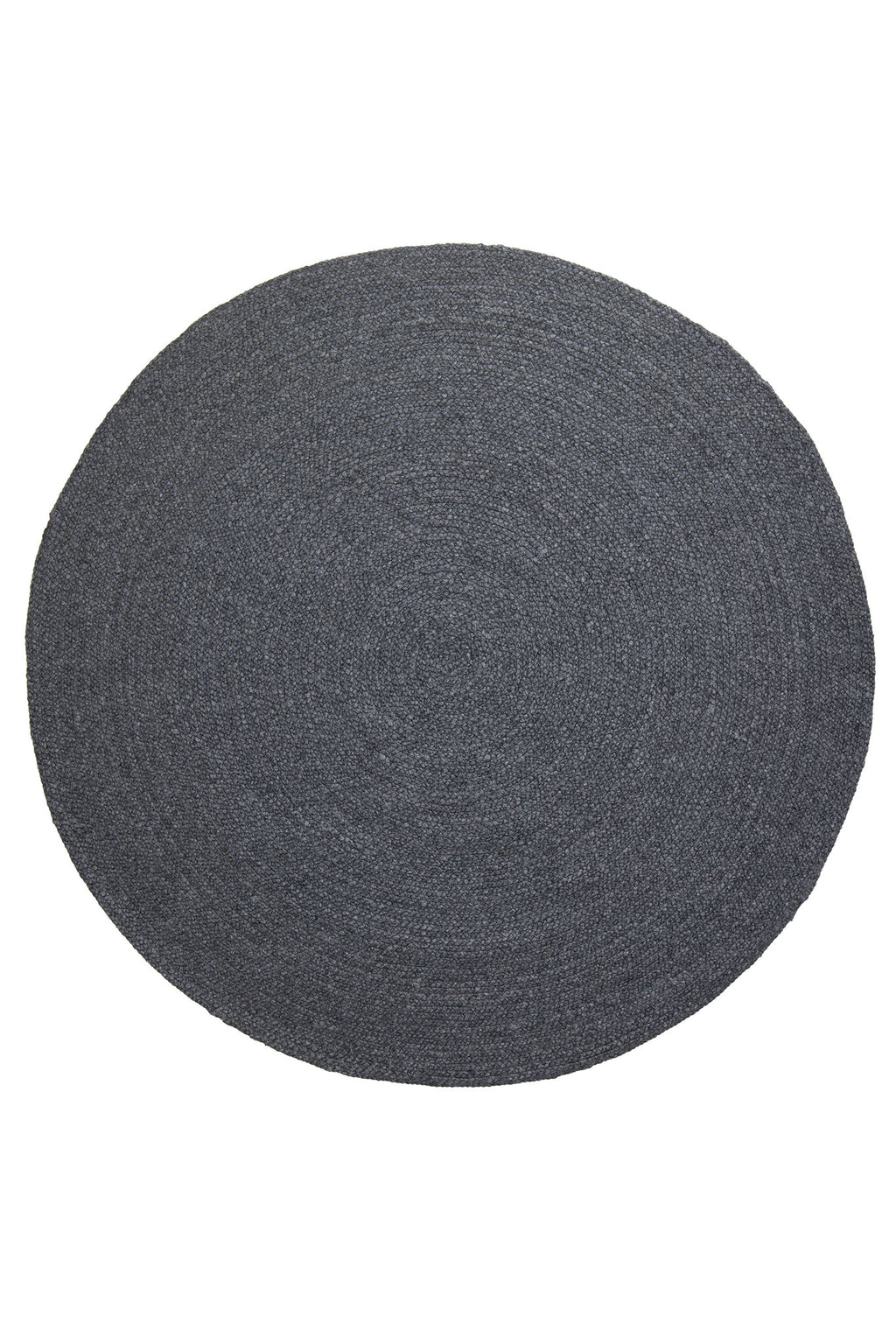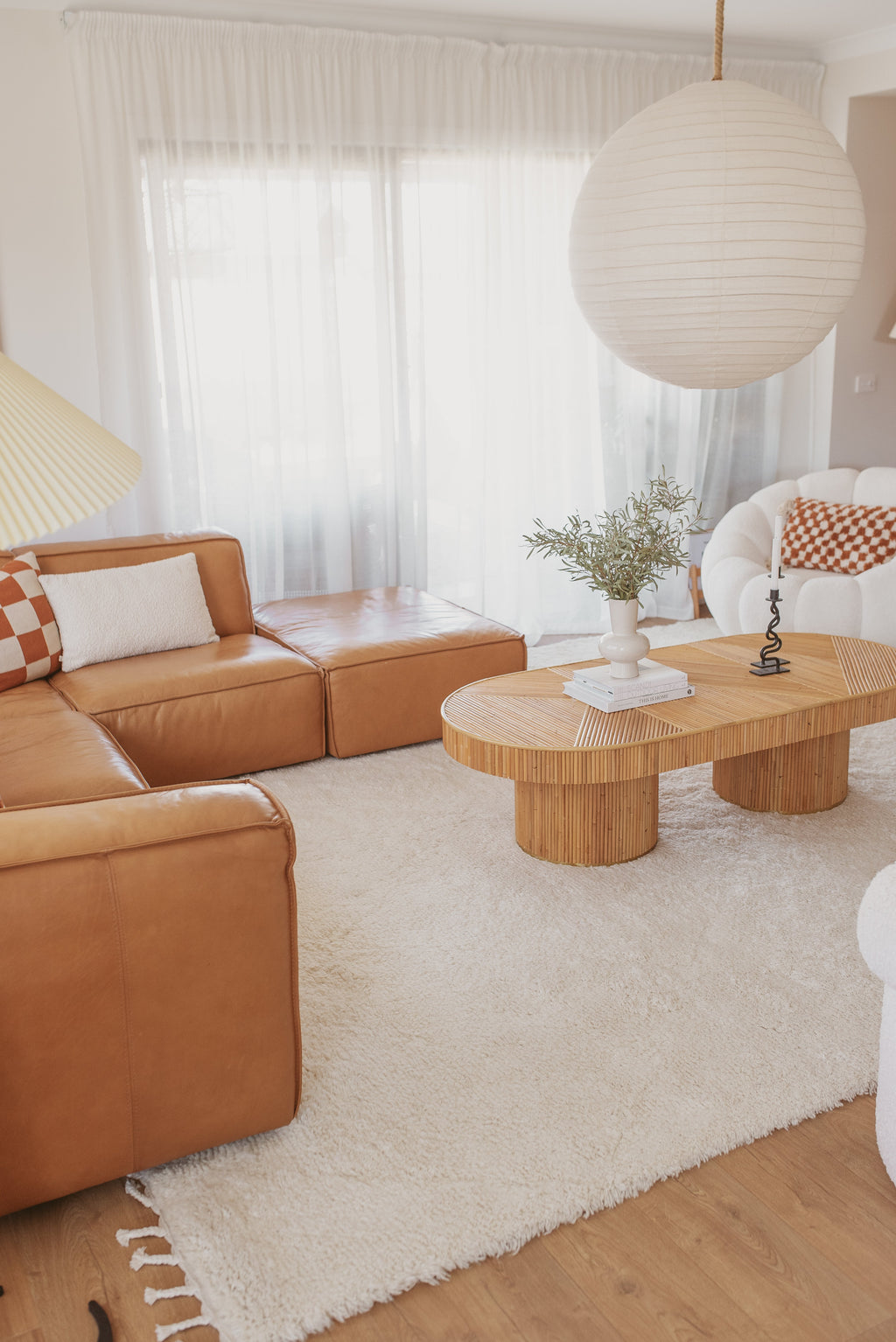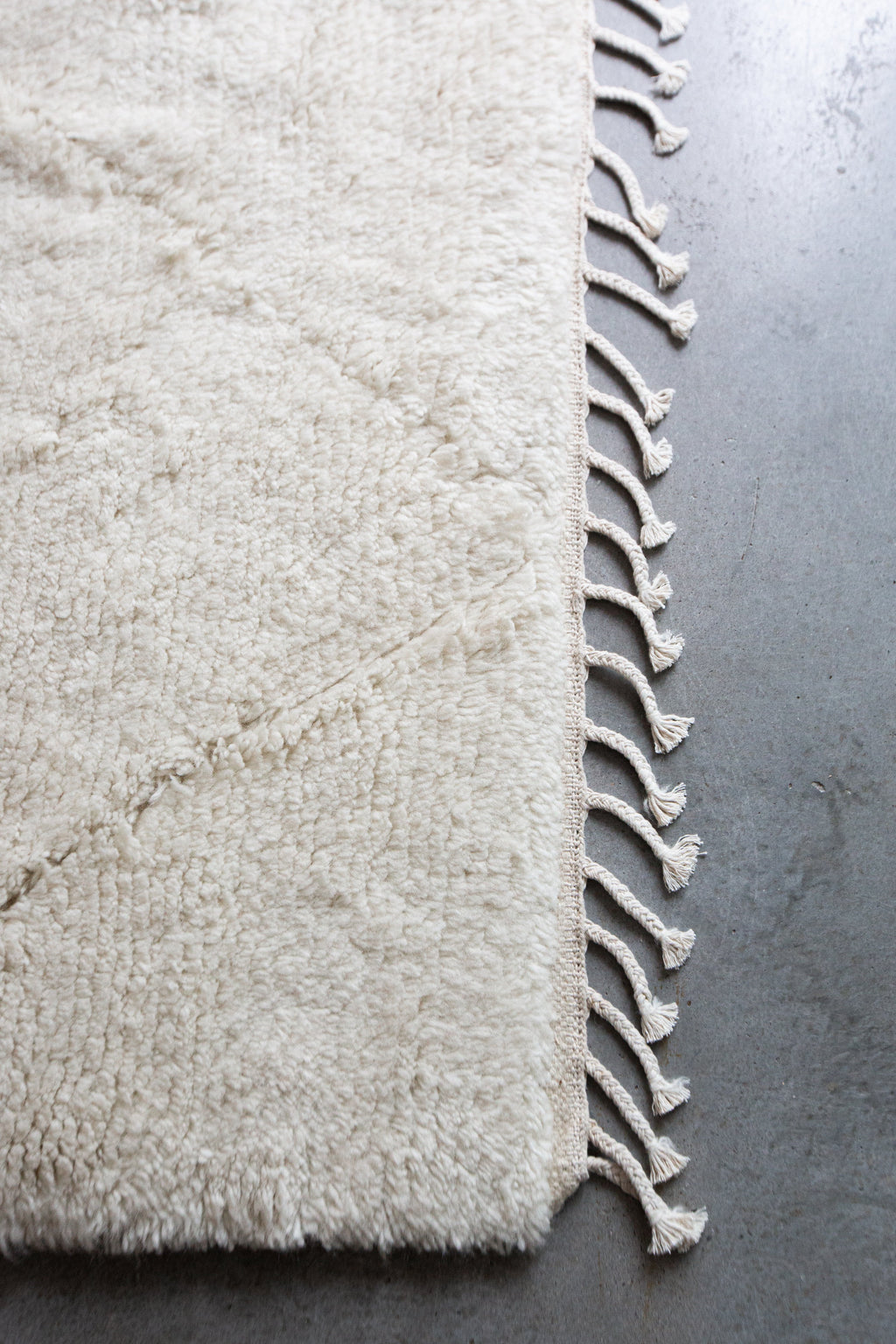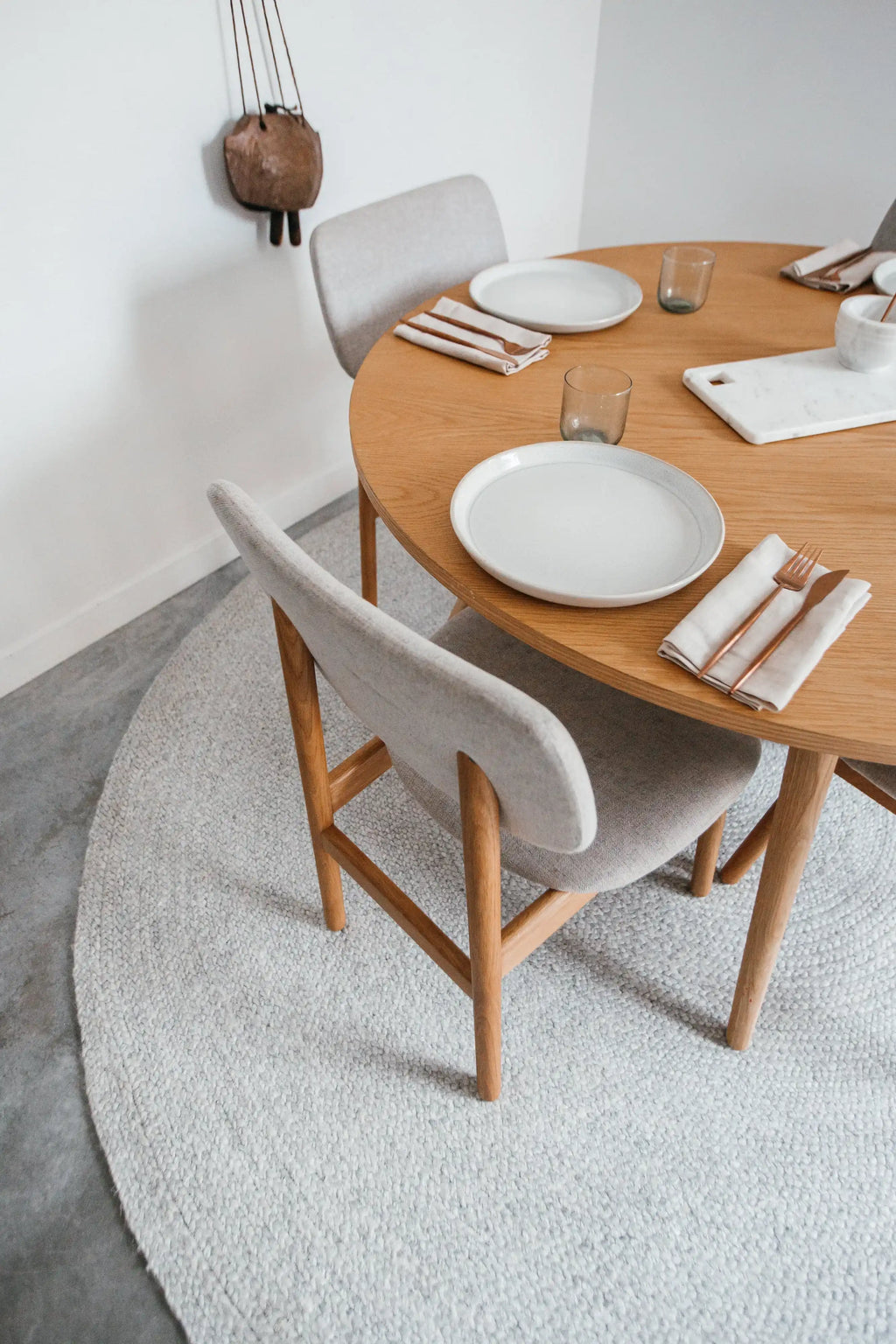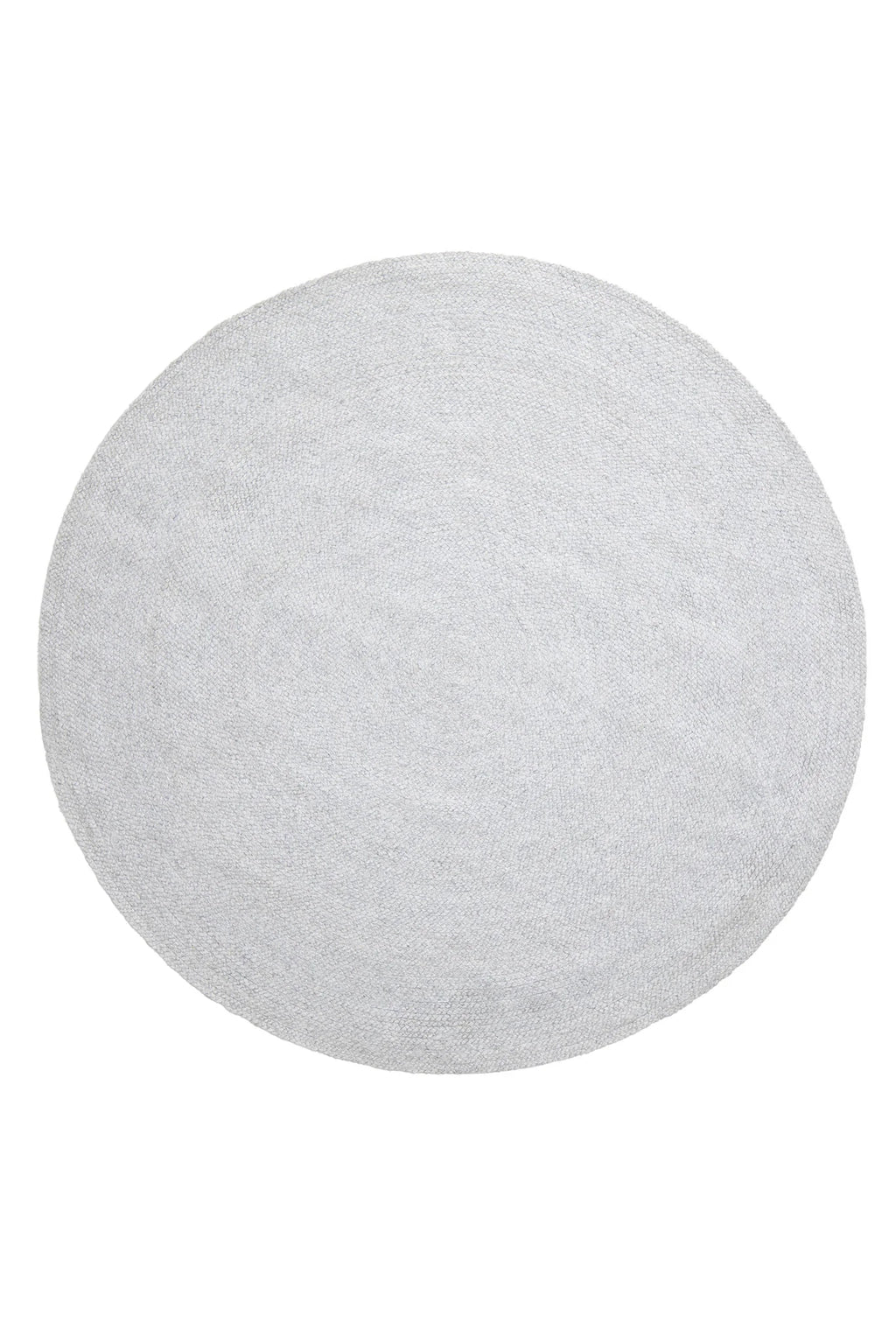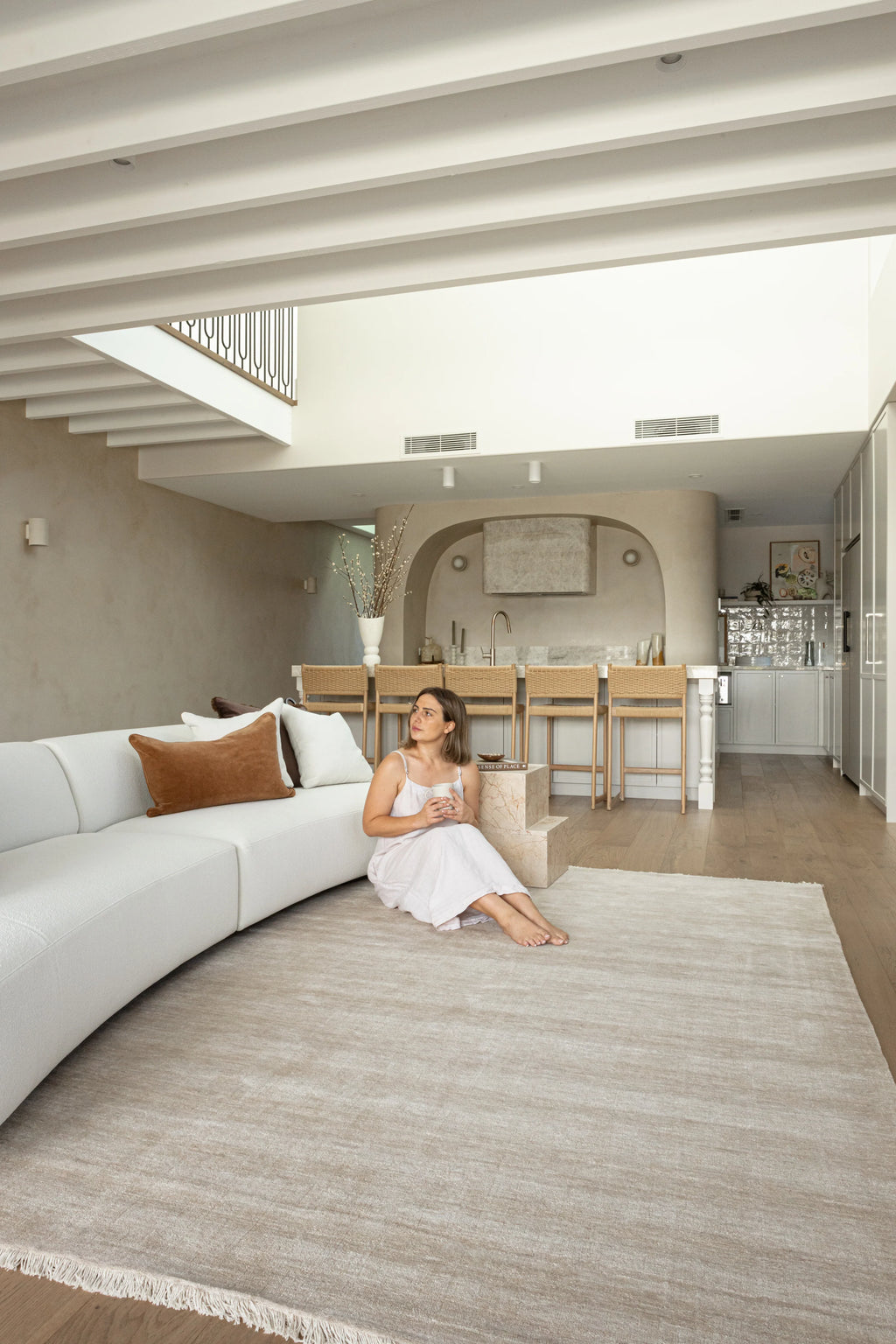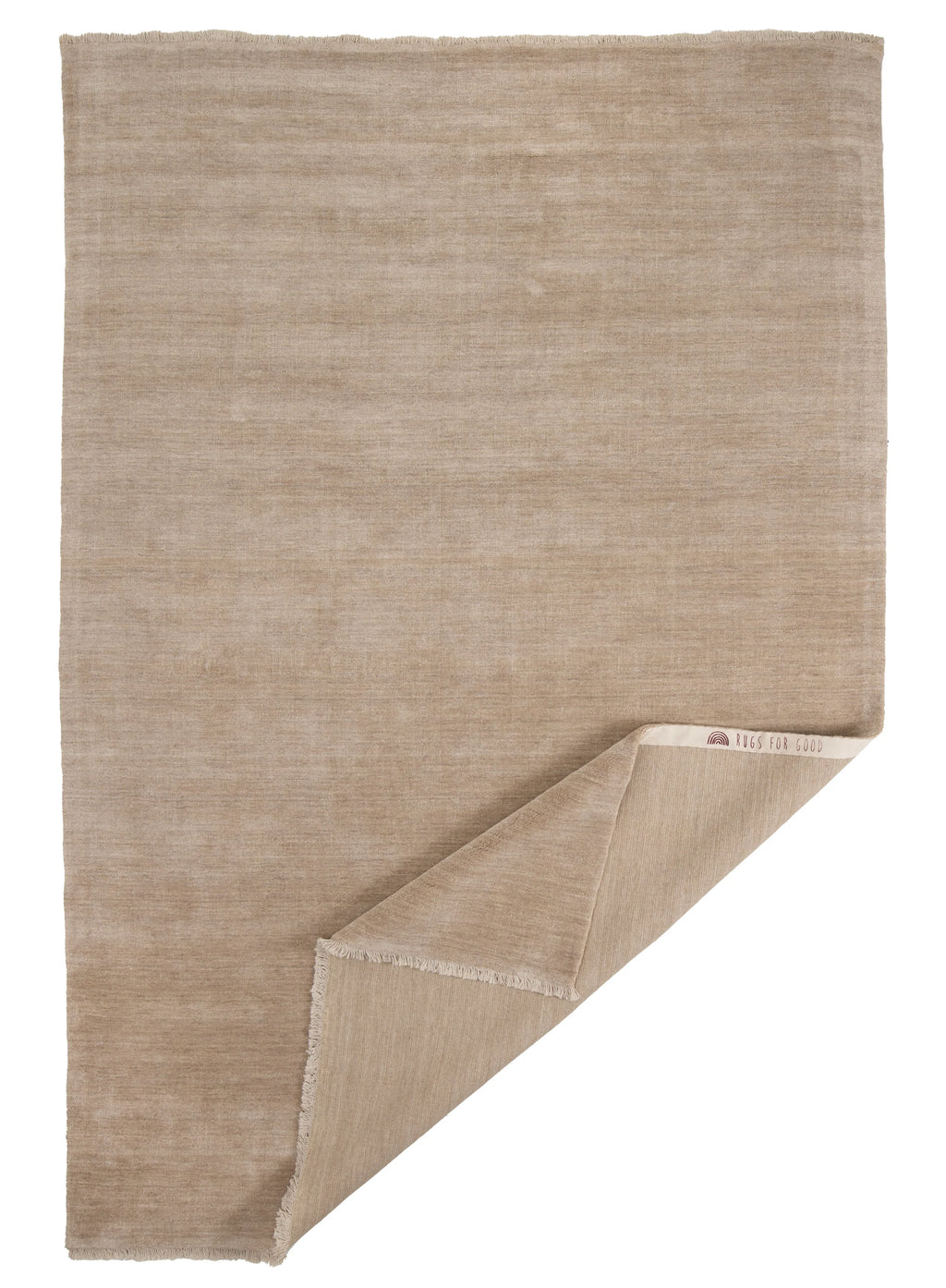Walk into any homeware store and you’ll see rugs marketed with labels like eco-friendly, artisan-made, or sustainable. It’s appealing.. after all, who doesn’t want to buy something beautiful that’s also good for the planet and fair to the people who made it?
But the truth is, most rugs don’t live up to these promises.
Behind the soft textures and striking weaves, the rug industry is filled with hidden problems: exploitative labour conditions, child workers, synthetic fibres made from petroleum, and marketing claims that stretch the truth far enough to be considered greenwashing.
The rug you pick for your living room might look ethically made, but unless you know what to look for, it’s often impossible to tell what really went into it.
The good news?
There are clear ways to separate fact from fiction. In this guide, we’ll explore what “ethical” actually means when it comes to rugs, why so many fail the test, and how you can spot the red flags and make better choices for your home, your health, and the world.

Featuring our Kiva Handwoven Wool Rug in Ivory and Chestnut
What Ethical Really Means in Rugs
The word ethical gets thrown around a lot, but when we apply it to rugs, it goes beyond surface-level buzzwords. An ethical rug should meet four core standards:
1. Fair Labour Practices
The rug industry has long been associated with exploitative practices. In some countries, children as young as six have been found working long hours in weaving workshops, often in unsafe environments. Adults, too, can face bonded labour - a form of modern slavery where workers are forced to repay debts through endless labour.
Ethical rugs are different. They’re woven by artisans who are paid fairly for their skills, working in safe, supportive environments that allow communities to thrive. Certifications like GoodWeave exist specifically to ensure rugs are free from child labour.
2. Sustainable Fibres
When you hear the word sustainable, think of fibres that can renew themselves naturally. Wool, jute, cotton, hemp, and bamboo are all examples of materials that are biodegradable and can be harvested without long-term damage to the environment.
In contrast, many rugs are made of synthetics like polypropylene, nylon, or polyester - fibres derived from petroleum. They may be cheap and easy to produce, but they shed microplastics, don’t biodegrade, and are designed to last just a few years before they end up in landfill.
3. Non-Toxic Production
A rug doesn’t just sit quietly on the floor - it interacts with your space. Unfortunately, many rugs are treated with chemical dyes, stain guards, and finish off-gas VOCs (volatile organic compounds). These can contribute to indoor air pollution and affect your family’s health.
Ethical rugs avoid these harmful processes, relying instead on low-impact or natural dyes that are safer for both people and the planet.
4. Transparency
Perhaps the most important factor of all is transparency.
Ethical rug brands don’t just talk about their values, they show you. That might mean sharing the stories of the artisans who made the rugs, showing photos or videos of workshops, or listing certifications clearly on their website. If a brand is vague about where or how its rugs are made, that’s usually a red flag.
Why Most Rugs Fail the Ethical Test
Now that we know what ethical looks like, let’s be honest: most rugs on the market don’t measure up. Here’s why:
Synthetic Fibres Dominate
Polypropylene rugs dominate the market because they’re cheap to make and quick to sell. But these rugs are plastic in disguise. They might feel soft underfoot at first, but they degrade quickly, shedding fibres into your home and eventually adding to the global plastic waste problem.
Exploitative Labour Practices
Many mass-market rugs are produced in regions with little oversight and a history of exploitative labour. Without third-party certifications, it’s nearly impossible to guarantee that child or forced labour wasn’t involved.
Greenwashing is Everywhere
This is perhaps the trickiest trap for consumers.
A rug might be marketed as “eco” because it’s made with recycled plastic bottles - but at the end of the day, it’s still plastic. While recycling is better than producing new plastic, it doesn’t make the final rug biodegradable or toxin-free. The word 'natural' is another favourite - often used even when only a small percentage of the rug contains natural fibres.
Disposable Culture
Fast furniture mirrors fast fashion.
Rugs that cost less than $300 are often machine-made, designed to last only 2–3 years before showing wear. They may seem like bargains, but when they end up in landfill after such a short lifespan, the real cost becomes clear, both environmentally and financially.
How to Tell if a Rug is Truly Ethical
So, how do you protect yourself from being misled?
Here are the key steps to take when shopping:
Look for Certifications
GoodWeave – Guarantees no child labour and fair working conditions.
GOTS – Ensures textiles are organic and responsibly produced.
OEKO-TEX – Tests textiles for harmful chemicals.
Care&Fair – Supports fair trade and artisan communities.
If a rug doesn’t carry any certification, it doesn’t automatically mean it’s unethical, but it does mean you’ll need to dig deeper.
Ask the Right Questions
Before buying, ask:
Where is this rug made?
Who wove it?
What fibres and dyes are used?
Can the brand provide proof of fair labour practices?
Featured Above: The Mendocino Wool and Jute Rug in Olive
Check the Materials
Natural fibres like wool, jute, hemp, bamboo, and cotton are almost always a better choice. They’re durable, long-lasting, and biodegradable. If the label lists mostly synthetic fibres, it’s a sign the rug isn’t sustainable.
Look for Durability Cues
Hand-knotted and flatwoven rugs are a sign of traditional craftsmanship and can last decades if cared for properly. Machine-made synthetics may look good at first but will rarely stand the test of time.
Watch for Transparency Signals
Brands that openly share artisan stories, photos of weaving workshops, or details about their supply chain are usually the ones walking the talk. If you can’t find any real proof of their claims, proceed with caution.
Ethical vs. Mass-Produced Rugs
Let’s put this into perspective with two examples:
Mass-produced synthetic rug (<$300)
Polypropylene, machine-made, little to no transparency about where or how it was produced. It looks stylish but lasts only 2–3 years. After that, it frays, sheds, and ultimately ends up in landfill.
GoodWeave-certified jute rug (>$700)
Handwoven by artisans, fully traceable, and free from child labour. Made from natural fibres, it’s biodegradable and can last decades with proper care.
While the ethical rug has a higher upfront cost, it balances out over time - both financially and ethically. It’s a purchase that supports livelihoods, reduces waste, and tells a positive story.
What You Can Do as a Consumer
You don’t have to overhaul your entire home to make a difference. Small, intentional choices add up. Here’s how you can take action:
Buy fewer, better rugs
Instead of replacing a cheap rug every few years, invest in one high-quality rug that will last decades.
Extend rug life through care
Rotate rugs regularly, vacuum with the correct setting, use a rug pad for support, and spot-clean when necessary. These habits can double the life of your rug.
Consider second-hand or vintage rugs
Not only are they eco-friendly, but they’re often more durable than new synthetic rugs. Many vintage rugs were hand-knotted decades ago and still look beautiful today.
Support ethical brands
Every purchase is a chance to “vote with your wallet.” Supporting brands that prioritise fair wages, sustainable materials, and transparency pushes the entire industry toward better practices.
Featuring our Brunswick Striped Wool and Jute Rug
Choosing Rugs That Tell a Better Story
The reality is that most rugs aren’t truly ethical. Labels like eco or sustainable are often used loosely, and cheap rugs nearly always come at a hidden cost - to artisans, the environment, or your health.
But you’re not powerless. By learning to ask the right questions, look for the right certifications, and prioritise natural materials and durability, you can make choices that align with your values.
An ethical rug isn’t just a floor covering. It’s a story - of skilled artisans, sustainable fibres, and conscious choices. And when you step into your home each day, you’ll know your rug is doing more than looking beautiful. It’s making a difference.
At Rugs for Good, we’re proud to curate collections that are artisan-made, ethically sourced, and designed to last a lifetime.
If you’d like help finding the perfect rug for your space, you can get personalised rug styling tips from our team.Because a rug should do more than warm your floor.
It should reflect your values and help weave a better future.





